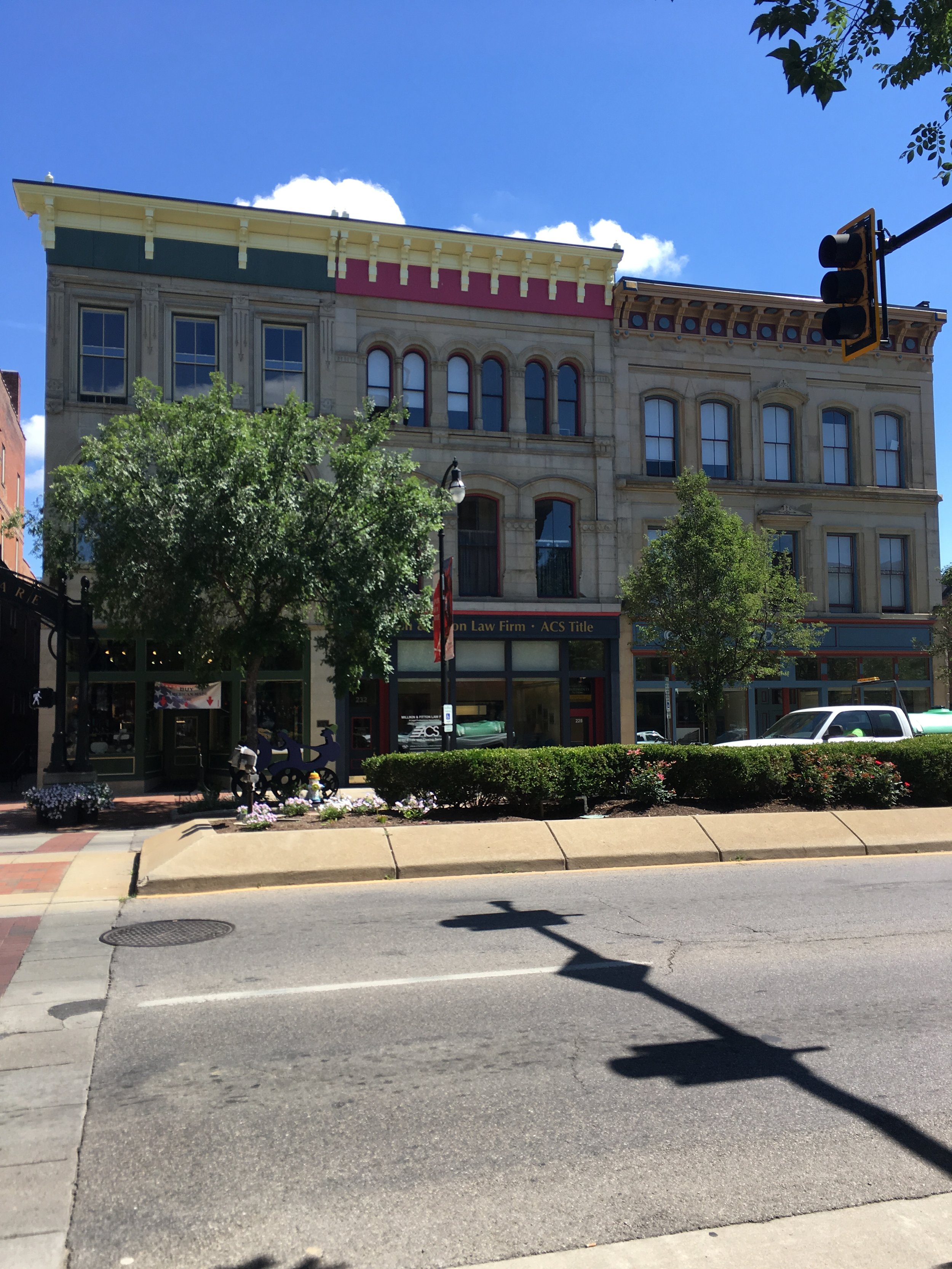By John Collier, GOPC Manager of Research
Small legacy cities, especially in Ohio, are often home to unique and historic downtowns. Whether it be the ornate bank building on the corner or the quaint shops along the square, these urban cores are a huge asset to smaller communities. But as most residents can tell you, downtowns are also not the bustling centers of industry and commerce they once were. For decades, as suburban and exurban communities have grown – they have drawn away people and investment from the center city.
Research by Greater Ohio Policy Center has suggested that a regional focus on reinvesting in downtown can pay long-term dividends for the city and region as a whole. In weaker market cities, however, this is often much easier said than done. Development in the weak market downtowns of legacy cities is often risky and it can be hard to finance projects through traditional bank loans.
This dilemma was true even in a larger city like Cincinnati, until the Cincinnati Center City Development Corporation (3CDC) was founded in 2003 by a collaboration of corporate and city partners. This nonprofit development corporation, initially funded primarily with private capital, sought to facilitate economic development throughout Cincinnati’s urban core through real estate redevelopment. Since 2003, it has received national attention on the role it played in the revitalization of the Over-The-Rhine neighborhood. The transformation of this urban core neighborhood was made possible through heavy investment and subsidy by regional corporate leaders and the Cincinnati taxpayers.
Not every city or town is going to have the millions (if not billions) of dollars to replicate the success of Over-The-Rhine in their community – but the model still provides value for smaller communities.
Inspired by the success of Cincinnati’s efforts, however, Hamilton, OH saw an opportunity to adapt the 3CDC model to bring urban core revitalization to Downtown Hamilton. Thus, in 2012, the Hamilton CORE Fund was launched through a public-private partnership of the City of Hamilton, the Hamilton Community Foundation, and local lending institutions. In Hamilton, the fund provides financial resources for real estate projects within the city’s urban core.
Today, Hamilton’s CORE Fund engages in three different activates. First, it provides gap financing for large development projects undertaken in Hamilton’s urban core by private developers. Second, it purchases key underutilized commercial properties and works to repurpose them to their highest and best use. Third, CORE has begun to acquire historic residential properties and works with potential homeowners to renovate and occupy the homes.
The CORE fund has had tremendous success in continuing the strides being made in Hamilton. One of the larger successes the organization boasts is the redevelopment of 150 High Street, which was a 167,000 sqft building that is now home to a STARTEK call center, a diabetes center, a fresh food market, and an art studio. When fully operational, STARTEK will employ almost 700 people at its downtown location.
This model of real estate acquisition and gap financing for urban core projects exists in other communities across Ohio as well.
In Springfield, SpringForward was launched 2015 after the Springfield Foundation, Turner Foundation, Quinlan Trust, the Greater Springfield Chamber of Commerce, Springfield Regional Hospital, Speedway, the City of Springfield, and the Clark County Commission began meeting to decide what could be done to help revitalize downtown Springfield. Leaders in Springfield chose to model their effort closely after Hamilton’s CORE fund. Just like in Cincinnati and Hamilton, SpringForward provides financial support to revitalization efforts through low-interest loans, real estate acquisition and tax incentives. The organization is already midstream on a catalytic rehabilitation of a downtown building to create an artisan marketplace, shared kitchen, food hall, and event space for local businesses.
This model for targeted downtown reinvestment has also found a home in Piqua, a smaller city of only 20,000. Through private sector donations from individuals and businesses, the iPiqua Fund has raised approximately $1 million to accelerate redevelopment through targeted real estate investments.
Erie, Pennsylvania, a legacy city of 100,000 just 90 minutes east of Cleveland, recently created its own fund—the Erie Downtown Equity Fund. This $40 million fund has recently started deploying capital, including a $2.9 million purchase of a highly strategic block of buildings on Erie’s downtown Perry Square Park.
Programs such as these in Cincinnati, Hamilton, Springfield, Piqua and Erie are poised to become more popular as cities realize the potential waiting to be unleashed in their downtowns. Through this targeted, catalytic real estate redevelopment, cities can jumpstart or continue redevelopment – all in service of creating a place for people to live, gather, and do business.






